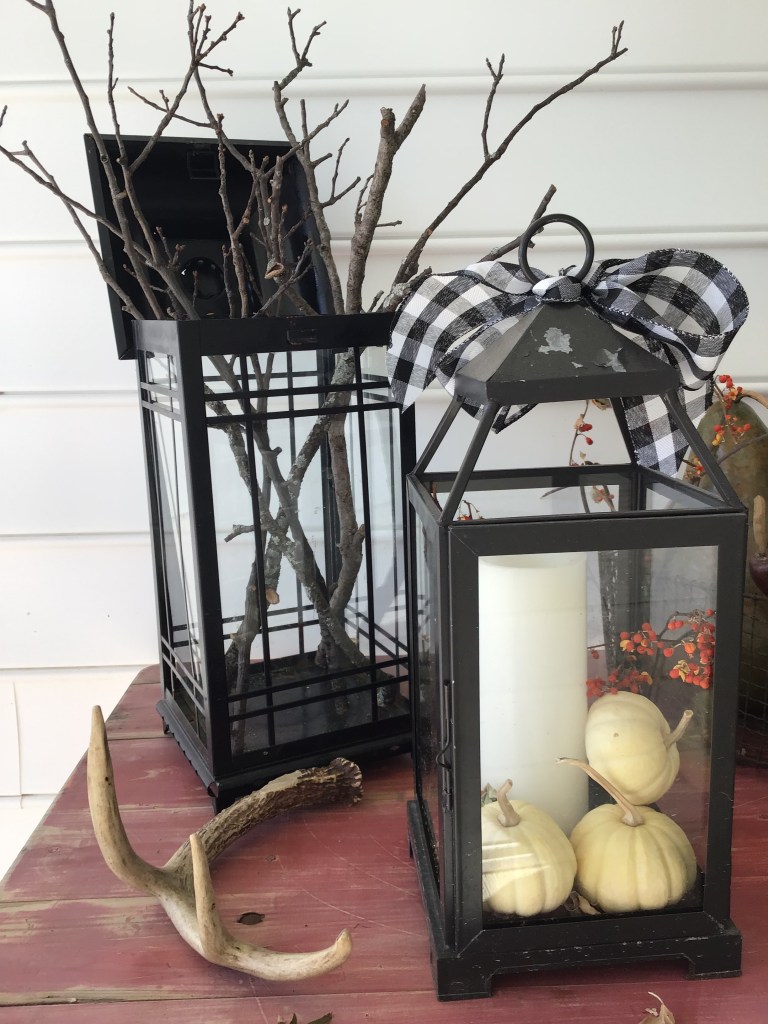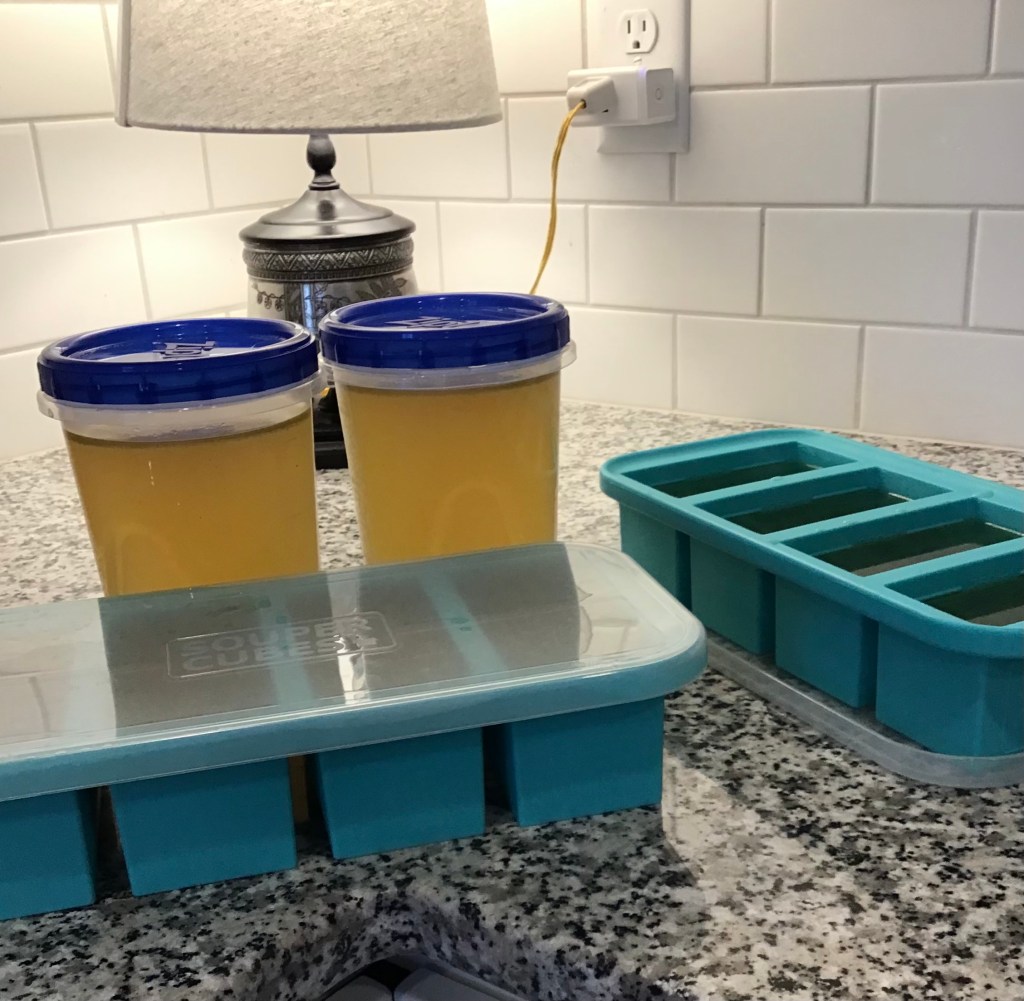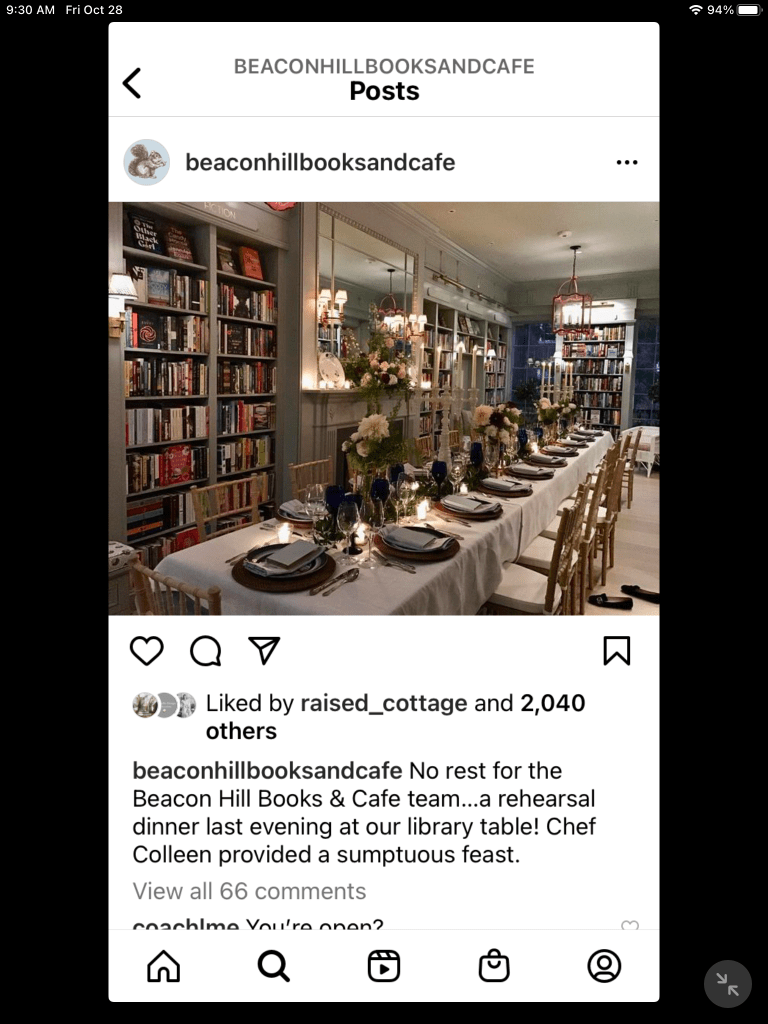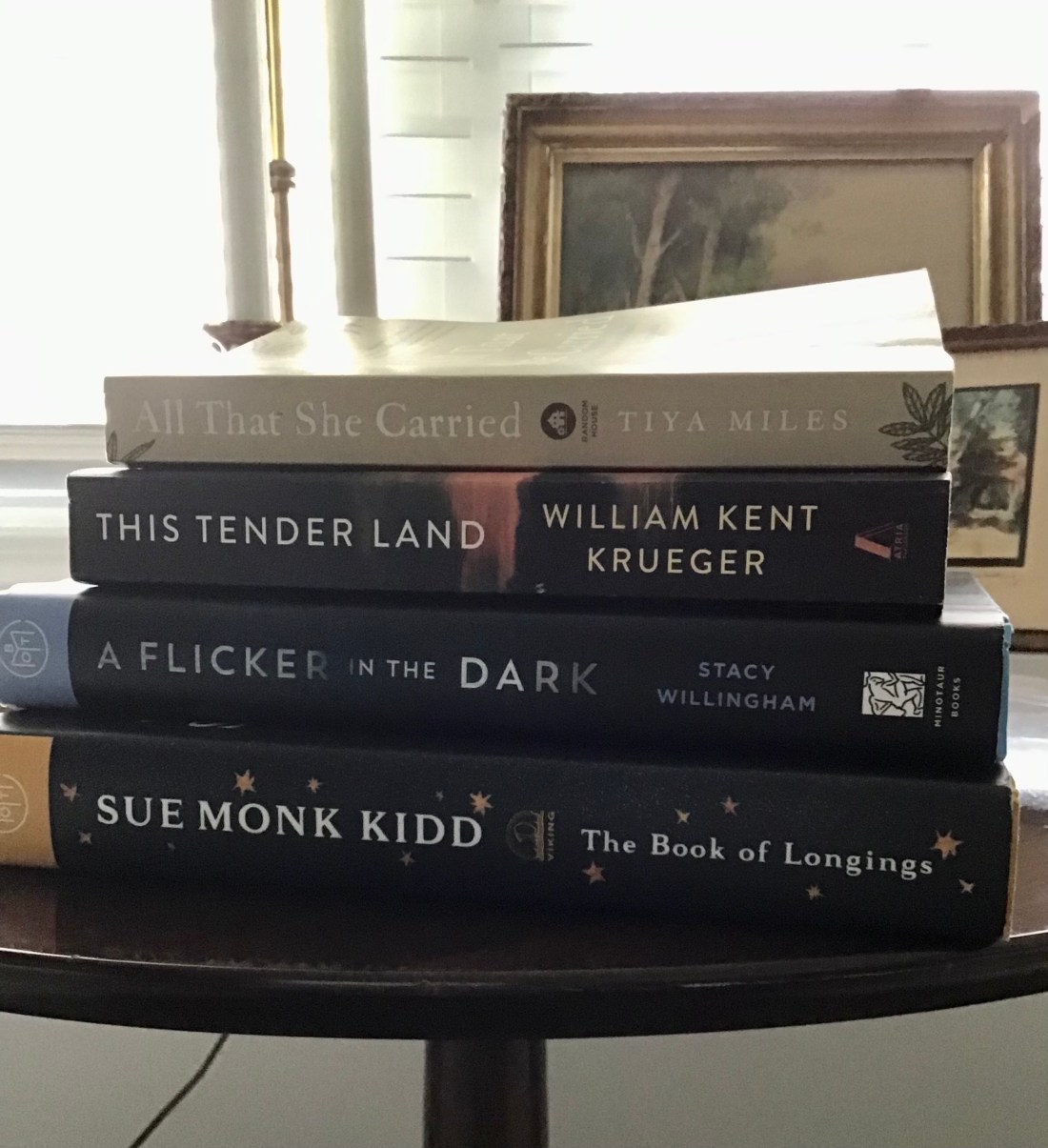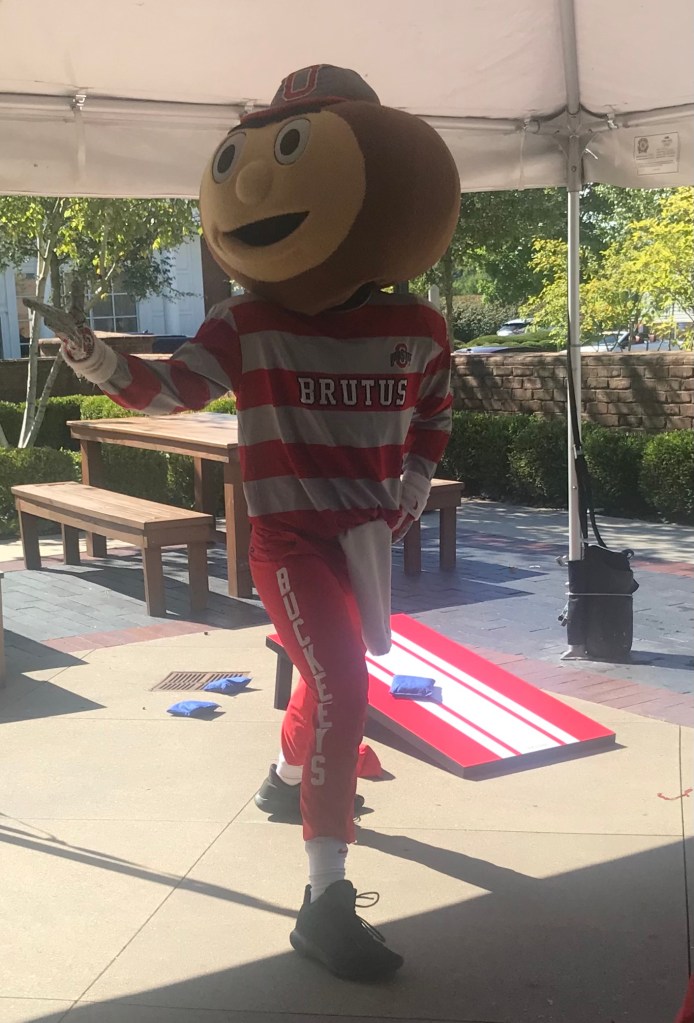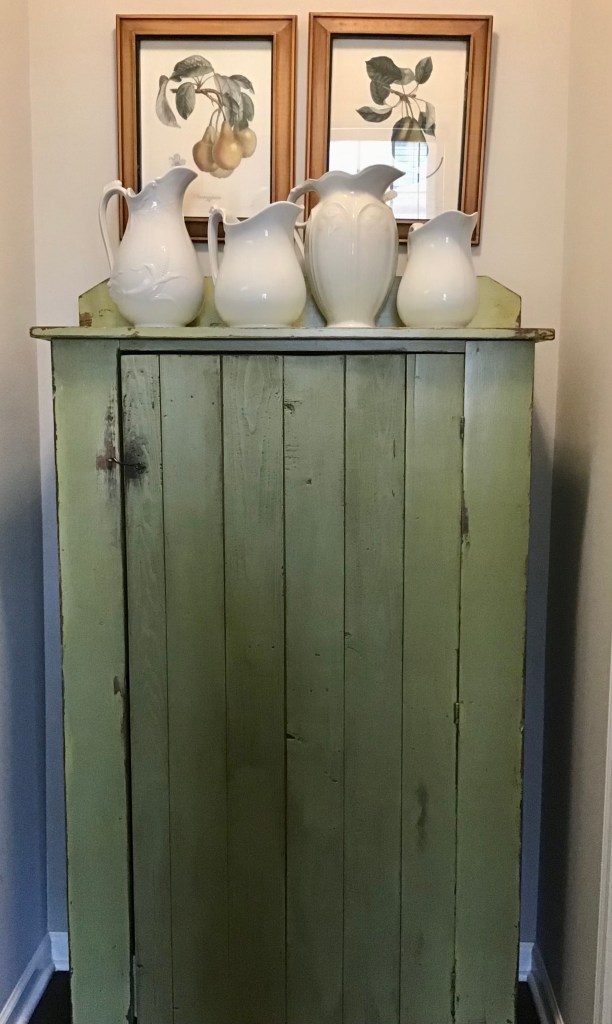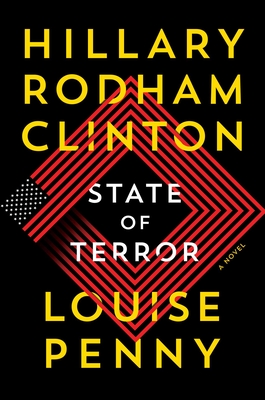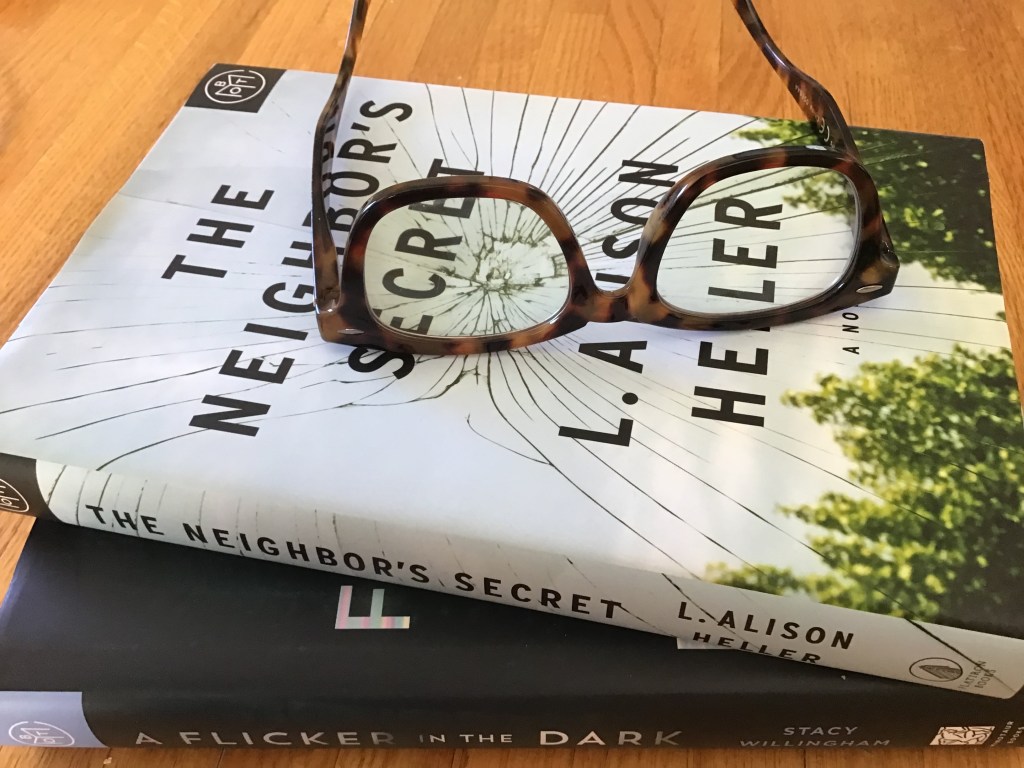
I am embarrassed to realize that my last post was months ago. I suppose the blog police could get after me, but the truth is I really needed a sabbatical. My broken wrist took longer than I expected to heal (which I’m sure says something about my age ) and the cough and cold virus that had plagued the area all fall eventually caught up with me, compounded by a mild case of Covid and another run at the cough. I was this close to being a “frequent flyer” at Urgent Care before the virus finally left. But…
I’m diving back into the blog with some recent reads.
Have you ever noticed that sometimes your reading seems to inadvertently fall into a pattern? Three recent reads by my neighborhood book club have done just that, and I don’t think it was at all planned.
None of This Is True by Lisa Jewell starts with the unlikely meeting of plain, quiet Josie and effervescent podcaster Alix as they each celebrate their 45th birthday on the same day in the same restaurant. It seems at first as though Josie has a crush on the glamorous Alix. Despite their many differences, she works herself into Alix’s life, then conspires to be the subject of Alix’s next podcast series. As Alix struggles with her husband’s growing alcohol addiction, she also begins to question Josie’s murky family situation. But Josie is great material for Alix’s podcast — until she becomes physically threatening. Some of this storyline was increasingly hard to read, as violence and possible pedophilia worked their way into the story, but Jewell handles psychological thrillers well. I won’t reveal the stunning ending, which includes a series of crimes and revelations, but it was hard to stop reading.
Our next read was The Silent Wife by Kerry Fisher. This story is told from two points of view — Maggie and Lara — in alternating chapters. In some respects their lives are very similar. They are the second wives of brothers, each parenting a troubled child. But there are differences — Maggie is a working class woman married to Nico, who lost his first wife to cancer a few years ago. Maggie is struggling to develop a relationship with his still-grieving daughter and live up to his late wife’s reputation as “the perfect woman.” Massimo divorced his first wife who didn’t want a family to marry Lara, who is determined to be the perfect wife and mother. If this sounds a little soap-opera-ish, it should. Despite likable characters (especially Maggie’s plain-spoken “Mum”), the fact that they are neighbors living across the street from Nico and Massimo’s controlling mother (and able to jet off to an Italian villa for annual vacations), secrets like adultery, an illegitimate child, and financial hi-jinks make the storyline less than credible. I read to the end because I wanted to see how Fisher was going to resolve all this, but don’t confuse this with a critical success.
Trust by `Hernan Diaz tells the story — from four different points of view — of (1) the life of Andrew Bevel, a financial baron during the 1929 stock market crash, then (2) his attempt to write his own story, then (3) his secretary’s memoir, and finally, (4) the journal left by his deceased wife, Mildred. If this sounds a little confusing, it is until you get the narrators straight in your head. Each version puts a different spin on the story of Bevel’s great wealth: how he got i9t and how he used it. The title “Trust”implies a lot: financial stability, faith in financial markets, and, perhaps most importantly, trust as in truth. Each telling of the Bevel story peels back another layer of skin (and cover-up), leaving the reader in a totally different place at the end. Critics call this a literary and a financial mystery and it is. And the evolving role of Bevel’s wife is pivotal.
If Trust minimized a woman’s role to the point of erasing her history, The Women by Kristen Hannah celebrates the untold but harrowing story of army nurses in the Vietnam War. Let me start by saying I am not among the legions of Hannah’s fans. I read her WWII novel, The Nightingale, and I thought it was good but for me it had a bit of the “magical thinking” of a romance novel. (I freely admit that no one else I know agrees with this observation.) I also read The Four Winds about Elsa Martinelli and her two children escaping the Dust Bowl of the 1930’s and their harrowing travels to California. I realize Elsa was impossibly challenged by her missing husband and the masculine dominance of that world; I just think John Steinbeck wrote the ultimate Dust Bowl novel in The Grapes of Wrath. I’m not sure it needed to be re-told.
On the other hand, The Women, which begins with a young, painfully naive Frankie McGrath on the beach on Coronado Island (a romantic setting to be sure), then drops her into an army field hospital in Vietnam where she learns surgical nursing literally under fire. The unspeakable working conditions — including enemy fire and round-the-clock surgery sessions — along with the devastating injuries suffered by the soldiers, are just one part of her Vietnam story. There were also the nurses and surgeons she loved and lived with, the pilots who delivered casualty after casualty, and those who survived and those who died. And that’s just the first half of Frankie’s story.
After two tours in Vietnam she came home to a country — as did all the other vets — that was so tired and discouraged by the war, it simply turned its back. When crippling flashbacks and nightmares made work impossible and alcohol and drugs became her escape, Frankie looked to various veterans organizations for help only to learn that they insisted no women served in Vietnam. This is the heartbreaking story we have heard from Vietnam vets for decades, but I don’t think we have heard it from a female perspective. It is, however, the heart of this novel. Vietnam was a prelude. The second half of the book was tough to read. Despite her best efforts, Frankie’s life spiraled out of control more than once.
Hannah says she had the idea for this book years ago, but simply felt her writing was just not mature enough to tackle it.I believe her. Am I a convert to her fan club? I’m not sure. There were some elements reminiscent of the romance genre (i.e., rescues courtesy of a handsome doctor or pilot), but I it’s a good read — if you can get past the blood & guts. And it’s a heartbreaking up-close and personal look at a seminal time in American history, one we have yet to truly resolve. Hannah really did her research.
I’;d love to know if you have read any of these and if so what you thought. In the meantime, my to-be-read list continues to grow. I have added The Sweetness of Water, The Soul of America, and The Heaven and Earth Grocery Store to name a few. What about you? What’s on your list?
Thank you so much for stopping by and staying to read. I appreciate your support so much.
